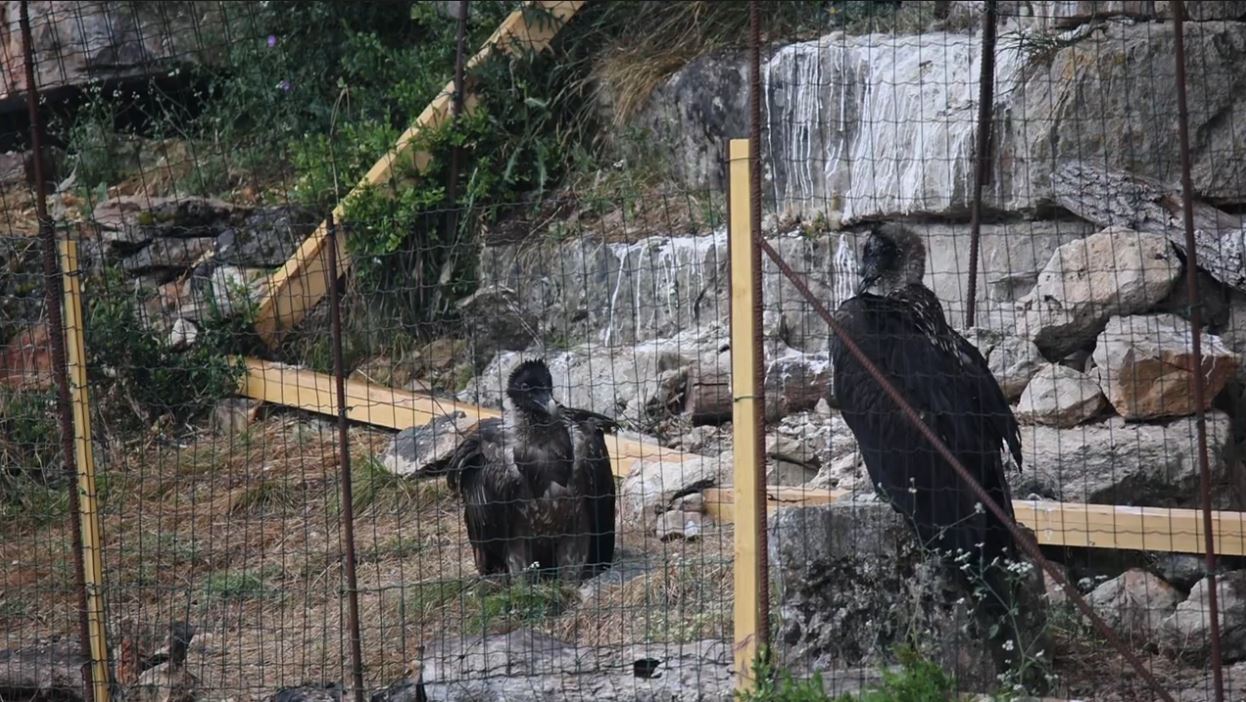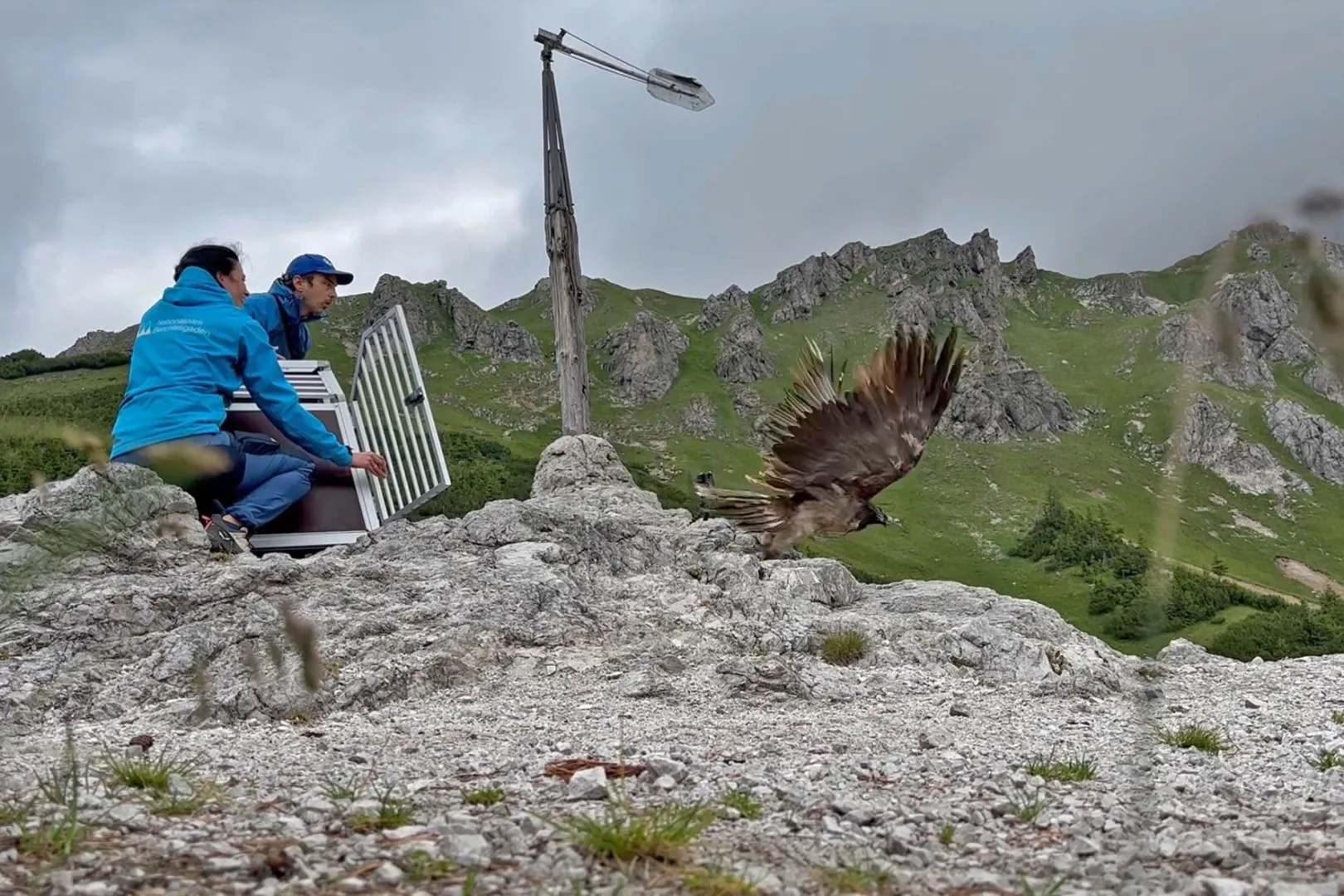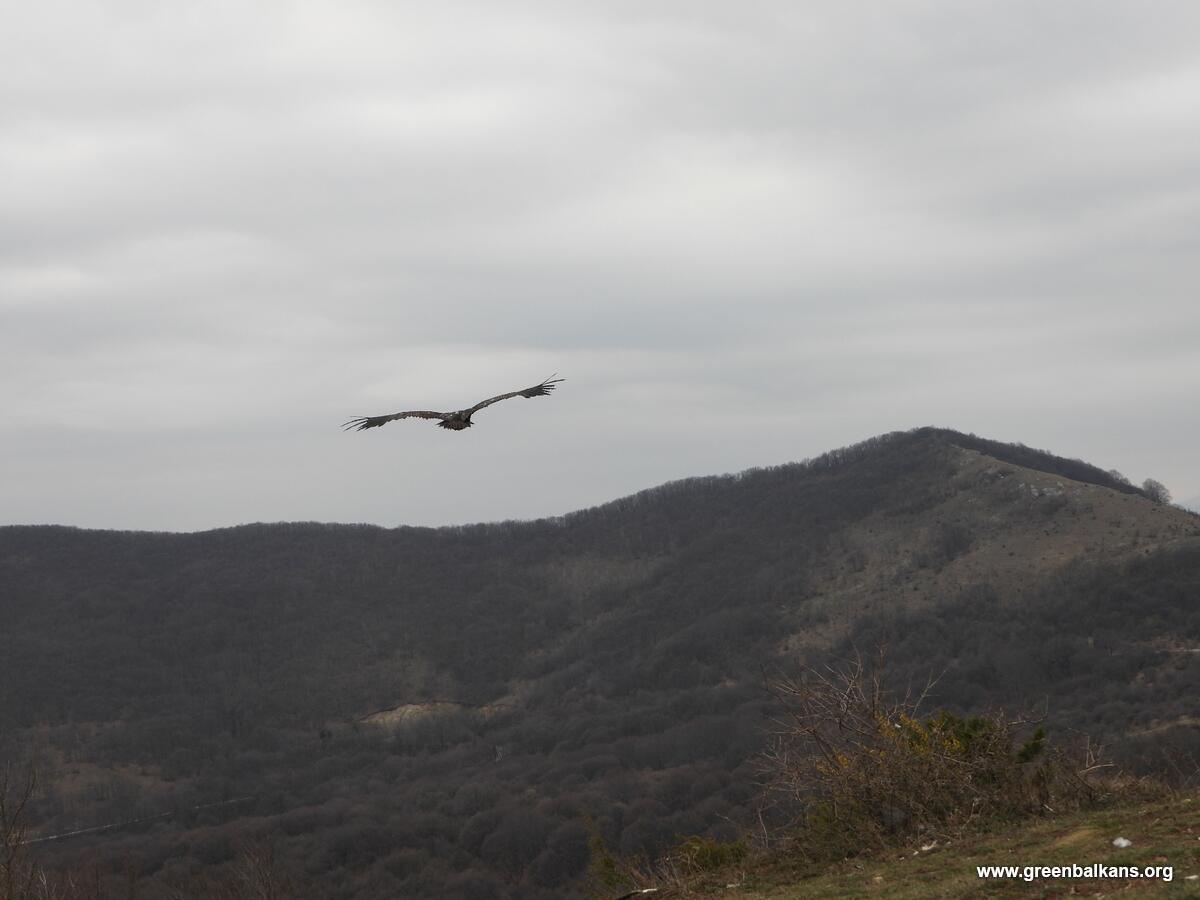Lead (Pb) is a metabolic poison that can negatively influence biological processes, leading to illness and mortality across a large spectrum of bird species, including vultures. Lead poisoning can result from numerous sources, including ingestion of bullet fragments and shot pellets left in animal carcasses, spent ammunition left in the field, lost fishing tackle, Pb-based paints, large-scale mining, and Pb smelting activities.
There is plenty of evidence on lead being a significant threat to vultures, usually after these scavengers eat carcasses with lead bullet fragments. Lead is indeed the most significant factor impacting on the reintroduction of the Californian condor, and is also probably one of the main causes of mortality for the bearded vultures in the alps – without any specific sampling programme we know that at least 6 of the 204 birds so far released in the Alps-Grands Causses (3%) have been poisoned with lead, with 3 of them dying. Probably this figure is much higher.
In the past, captive bearded vultures have also been affected by lead when given unintentionally road kills with undetected fragments of lead ammunition. The VCF has therefore been spending some time and effort to better characterize this potential threat, and is engaging with a number of researchers to better study this issue. Since 2010 the Stelvio National Park and the province of Sondrio (Italy) are carrying out a study on carcasses of scavengers to measure lead levels, and have already detected levels in the Alpine bearded vultures far higher than in other regions of Europe. The Swiss Ornithological Institute has also been analyzing corpses of golden eagle, eagle owl and bearded vultures from the Alps, and has detected high incidence of lead poisoning only in the two scavenging species (up to 15% in golden eagles).
Solutions to this problem are well known – hunters can change to lead-free ammunition. Some pilot testing of lead free ammunition is currently underway in two Swiss cantons, while the VCF is also engaging with the hunters of Haute-Savoie (France) in another project. As the recently published article points out, successful approaches are most likely to come from wildlife professionals, hunters, anglers, and other stakeholders working together to recognize a collective long-term interest in the sustainability of wildlife resources.
(In the photos, Layrou, a bird collected recently in France with lead poisoning after being shot at. Fortunately it recovered after the lead ammunition was extracted, and has now been re-released and is doing ok – see http://www.4vultures.org/2014/08/11/bearded-vulture-shot-in-france-sad-reminder-that-direct-persecution-is-still-very-much-a-threat-in-some-parts-of-europe/ ).
![]() Lead poisoning – review CONDOR-14-36 Lead poisoning review.pdf Adobe Acrobat Document 1.3 MB Download
Lead poisoning – review CONDOR-14-36 Lead poisoning review.pdf Adobe Acrobat Document 1.3 MB Download



